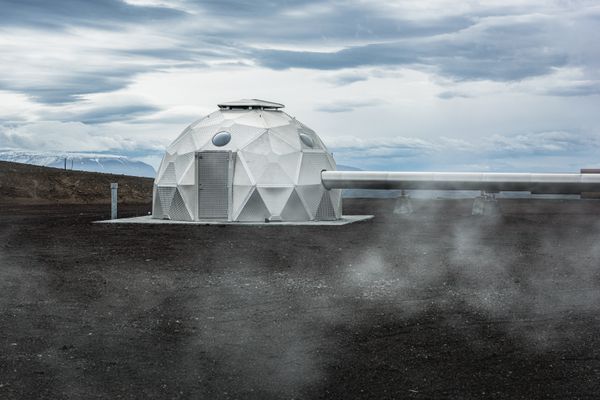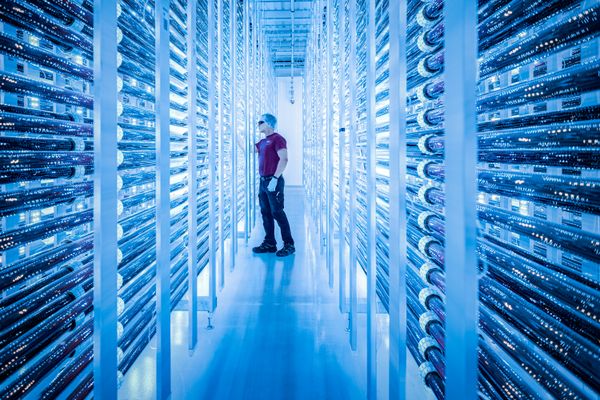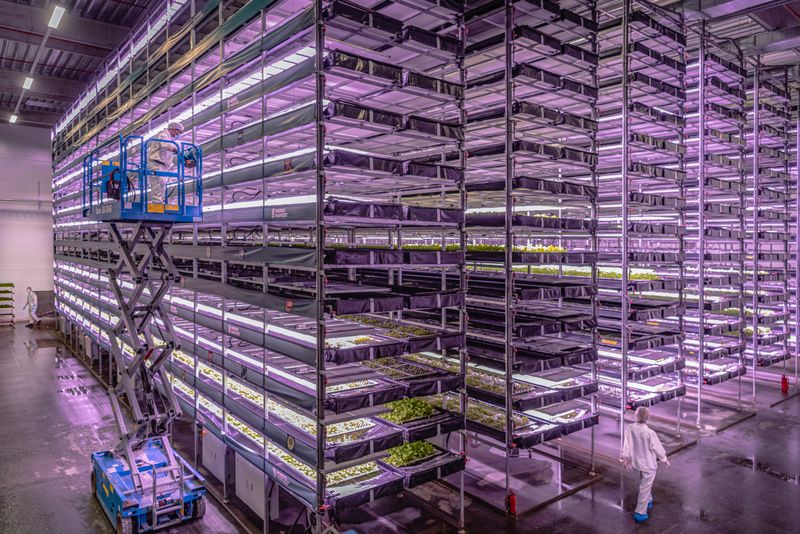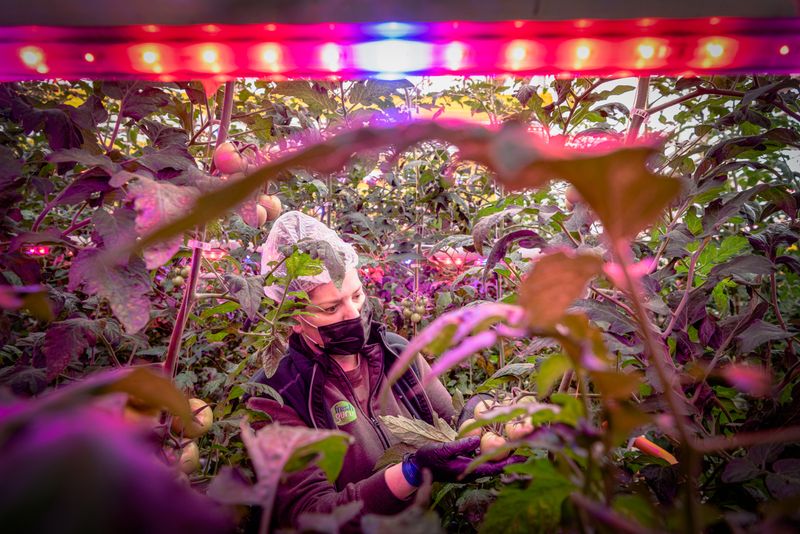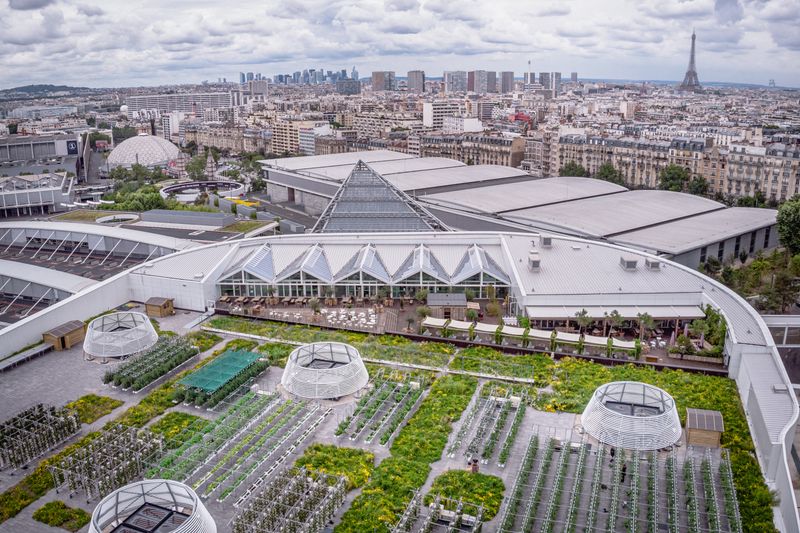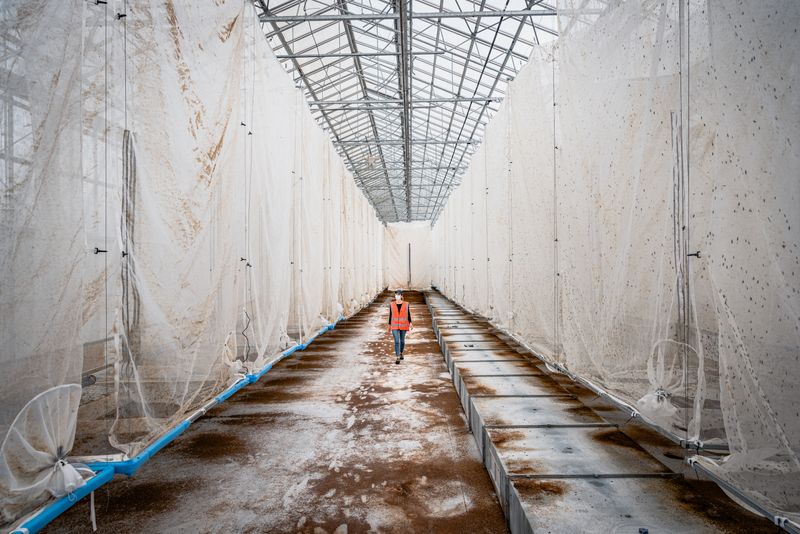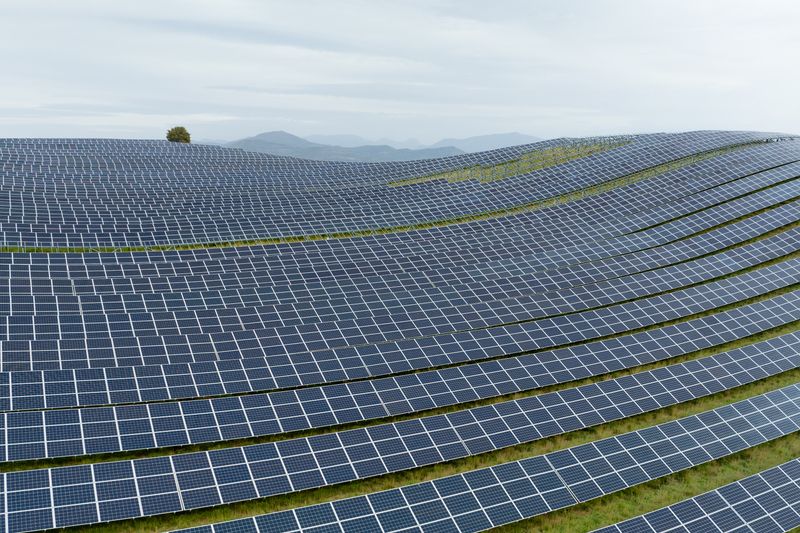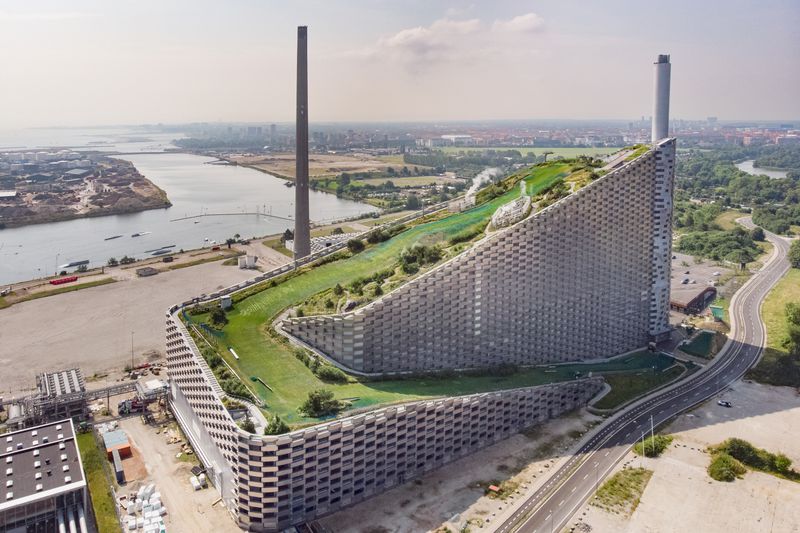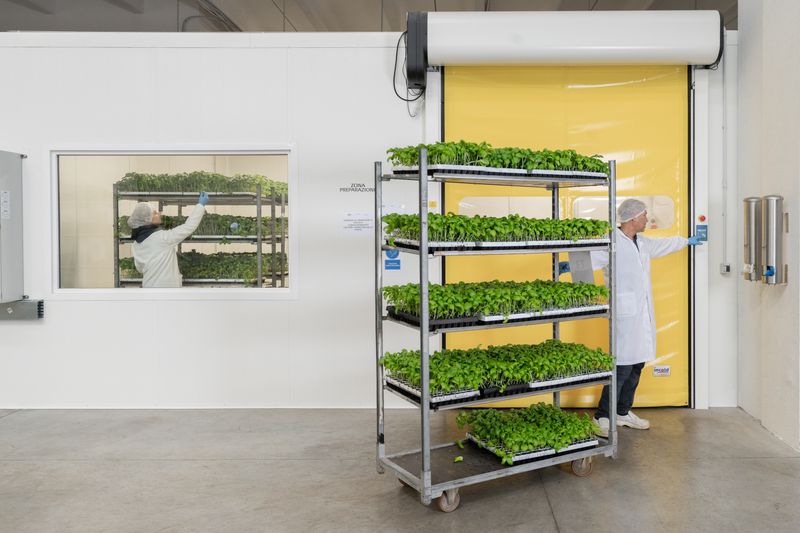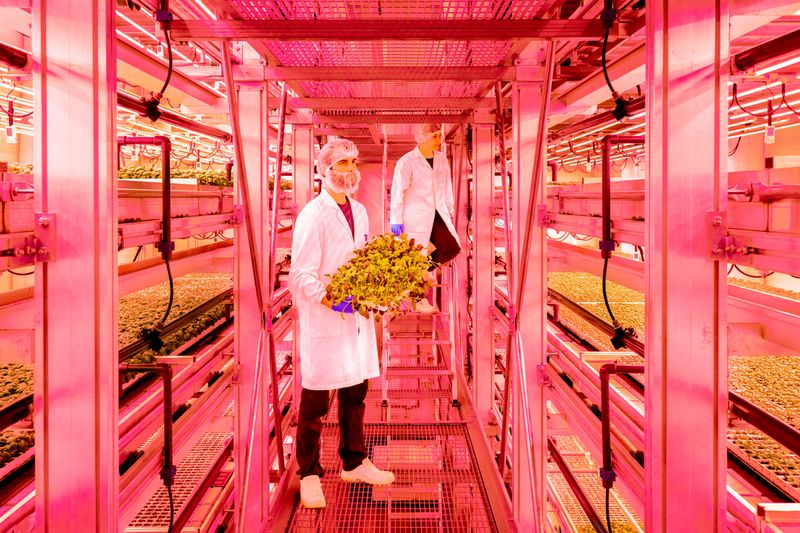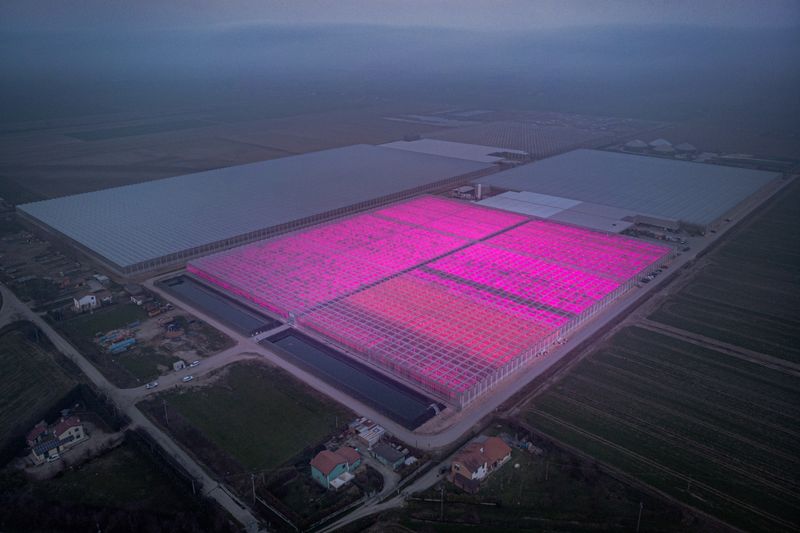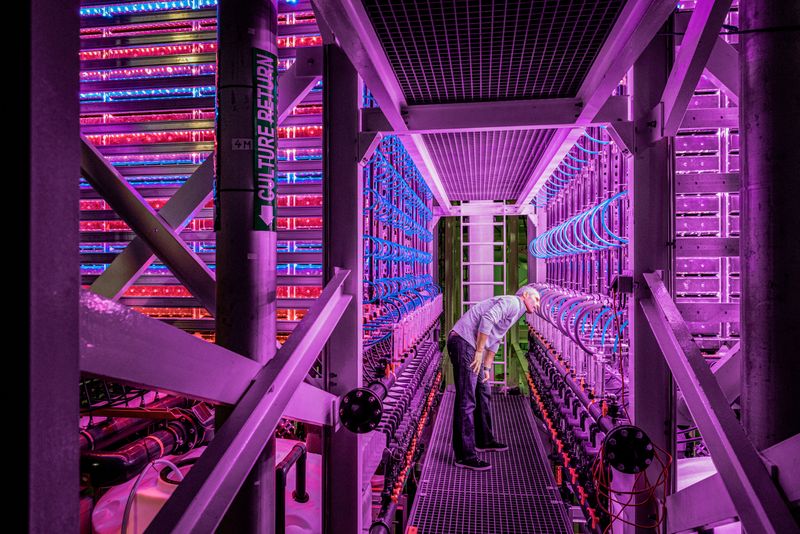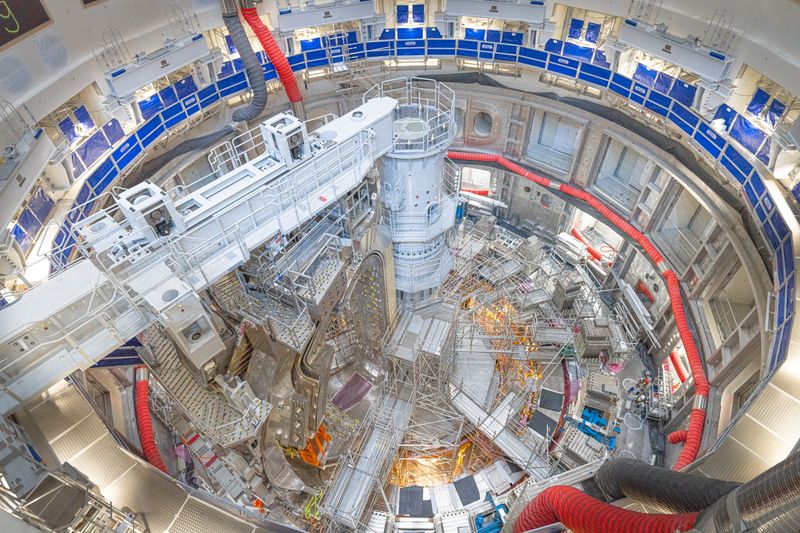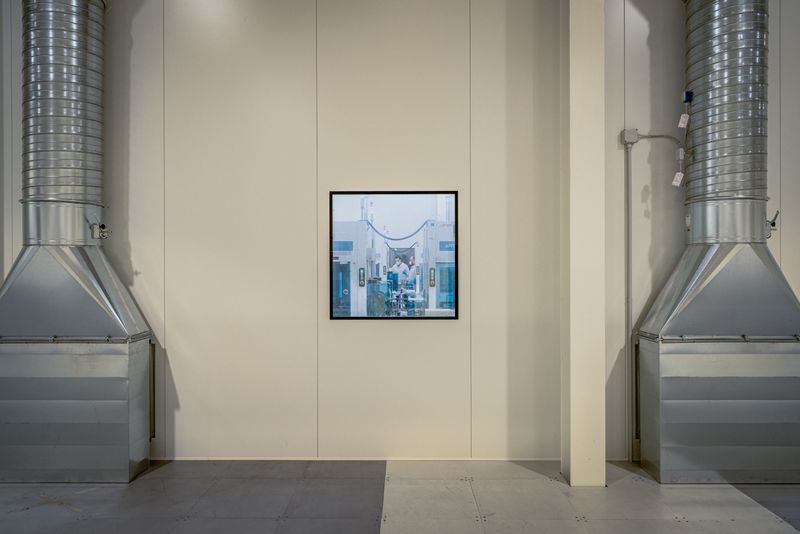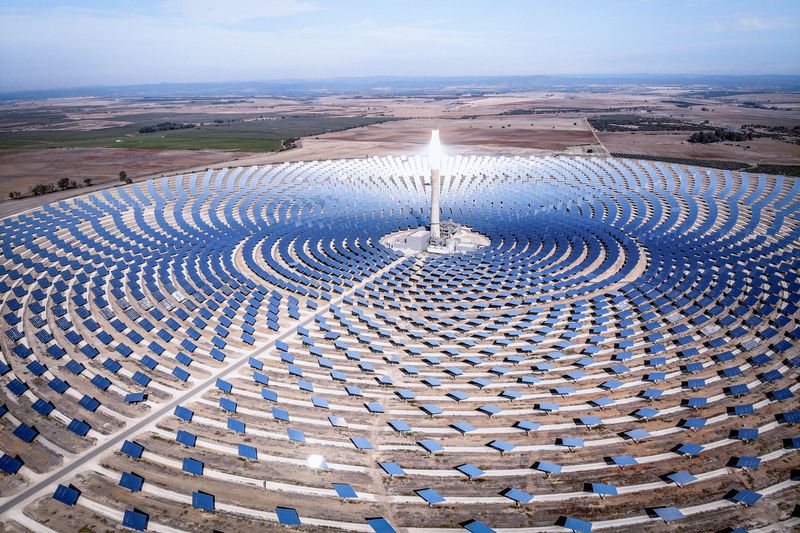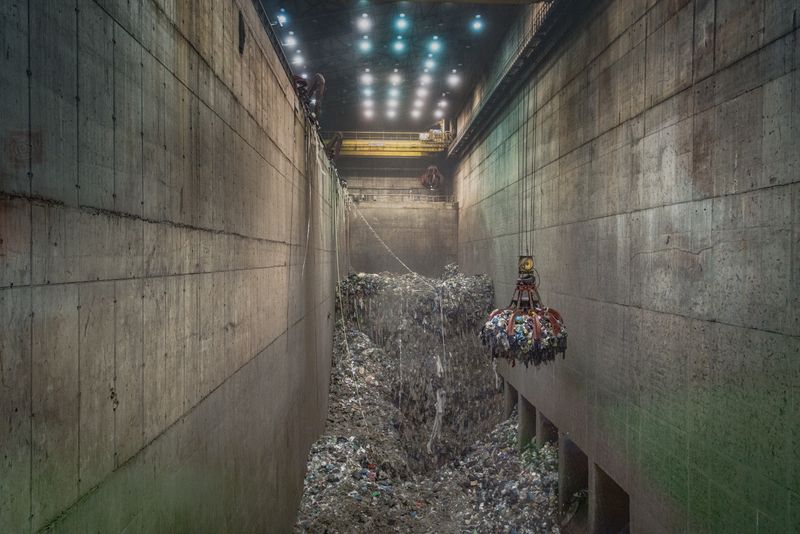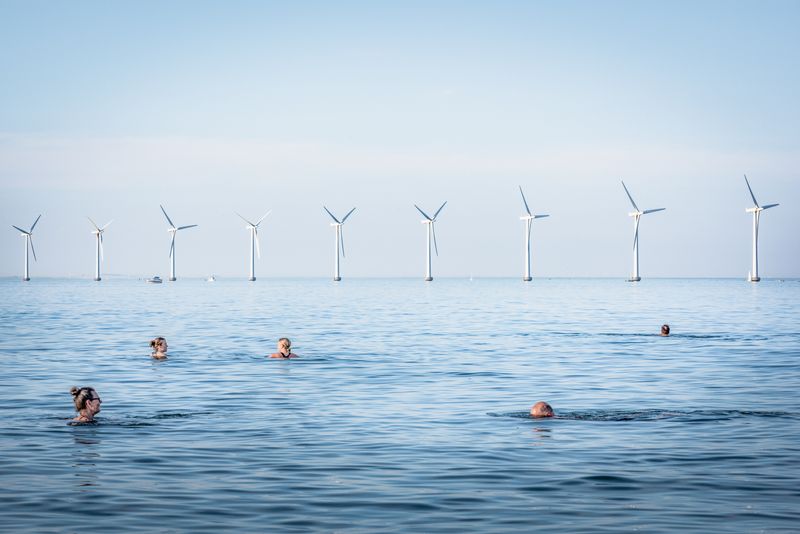NET-ZERO TRANSITION
-
Dates2020 - Ongoing
-
Author
- Topics Awards, Contemporary Issues, Documentary, Editorial, Nature & Environment
- Locations Italy, France, Spain, Iceland, Denmark
Many revolutionary seeds have been planted across Europe to make the future sustainable for the next generations. The net-zero transition has already started and is set to be the next industrial revolution.
Earth’s average temperature in 2023 was the warmest on record in a century and a half. According to NASA, the yearly average was 1.4 degrees Celsius warmer than pre-industrial level. At present rates of greenhouse gas emissions, the 1.5-degree goal set out in the 2015 Paris Agreement will soon be a lost cause. To face this climate crisis, world leaders must change perspective by redesigning a humanity no longer separate from its ecosystem, but one with the planet it inhabits. The EU has set itself targets to cut emissions at least 55% by 2030 and reduce them to net-zero by 2050. Renewable energies, new technologies for food production, and the circular economy are key solutions for achieving the Green Deal goals. These innovative technologies lead the way towards climate neutrality, inspiring a virtuous model that will generate a new sustainable cycle of life.
